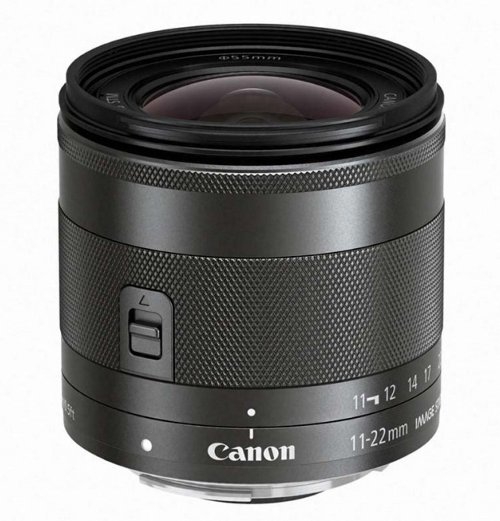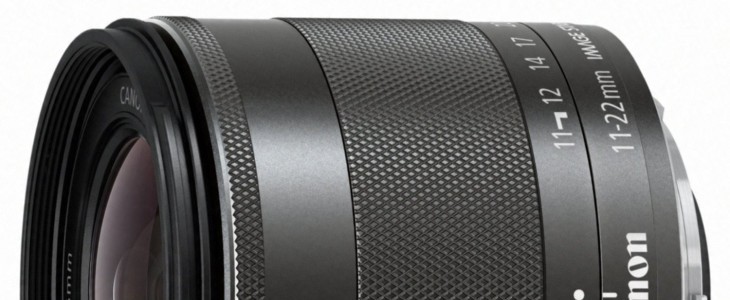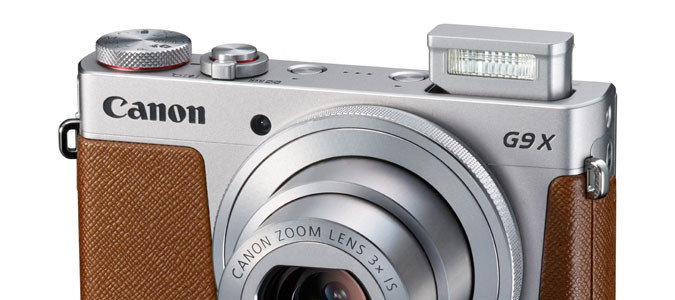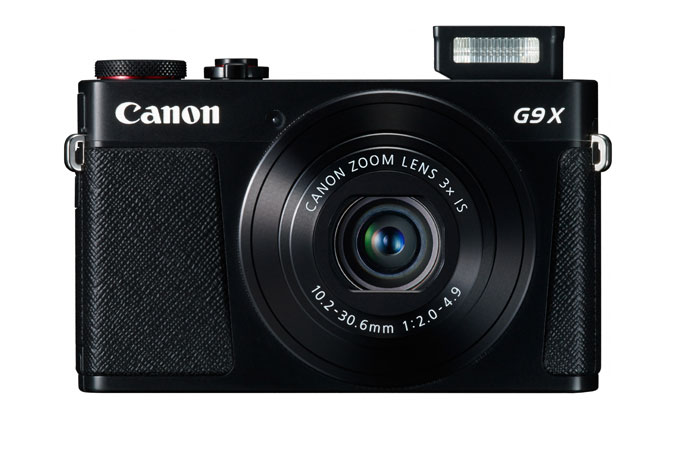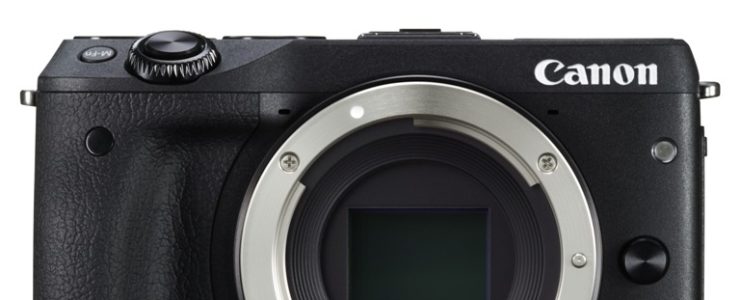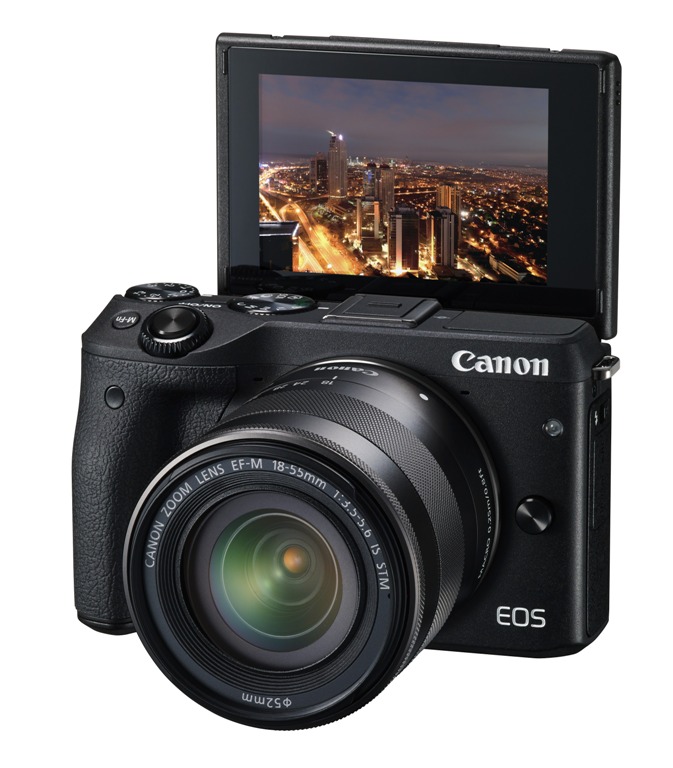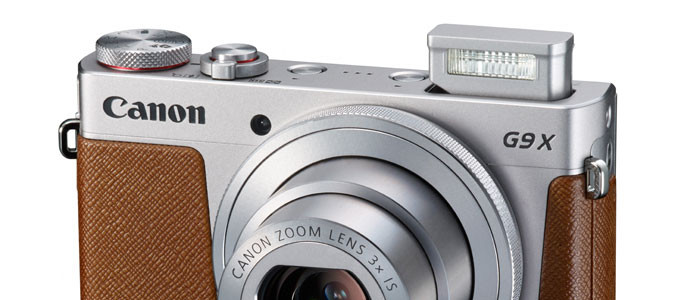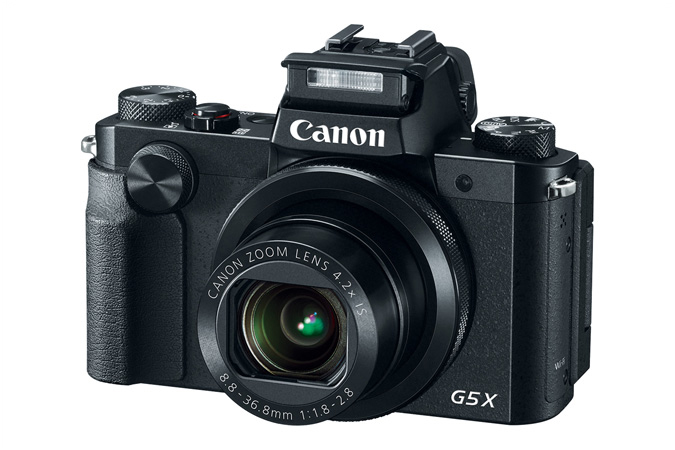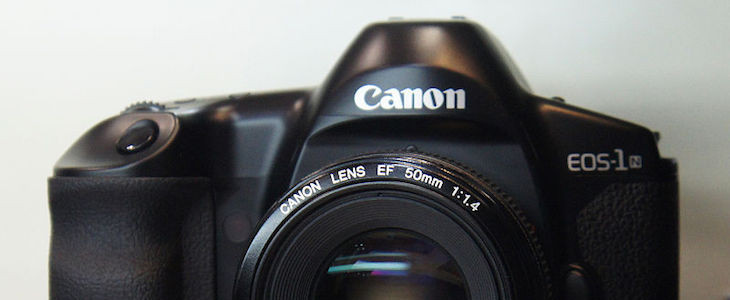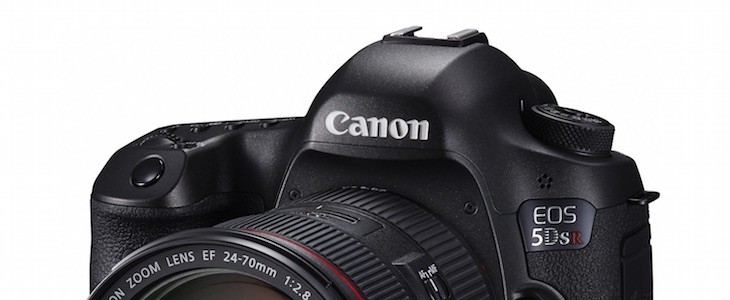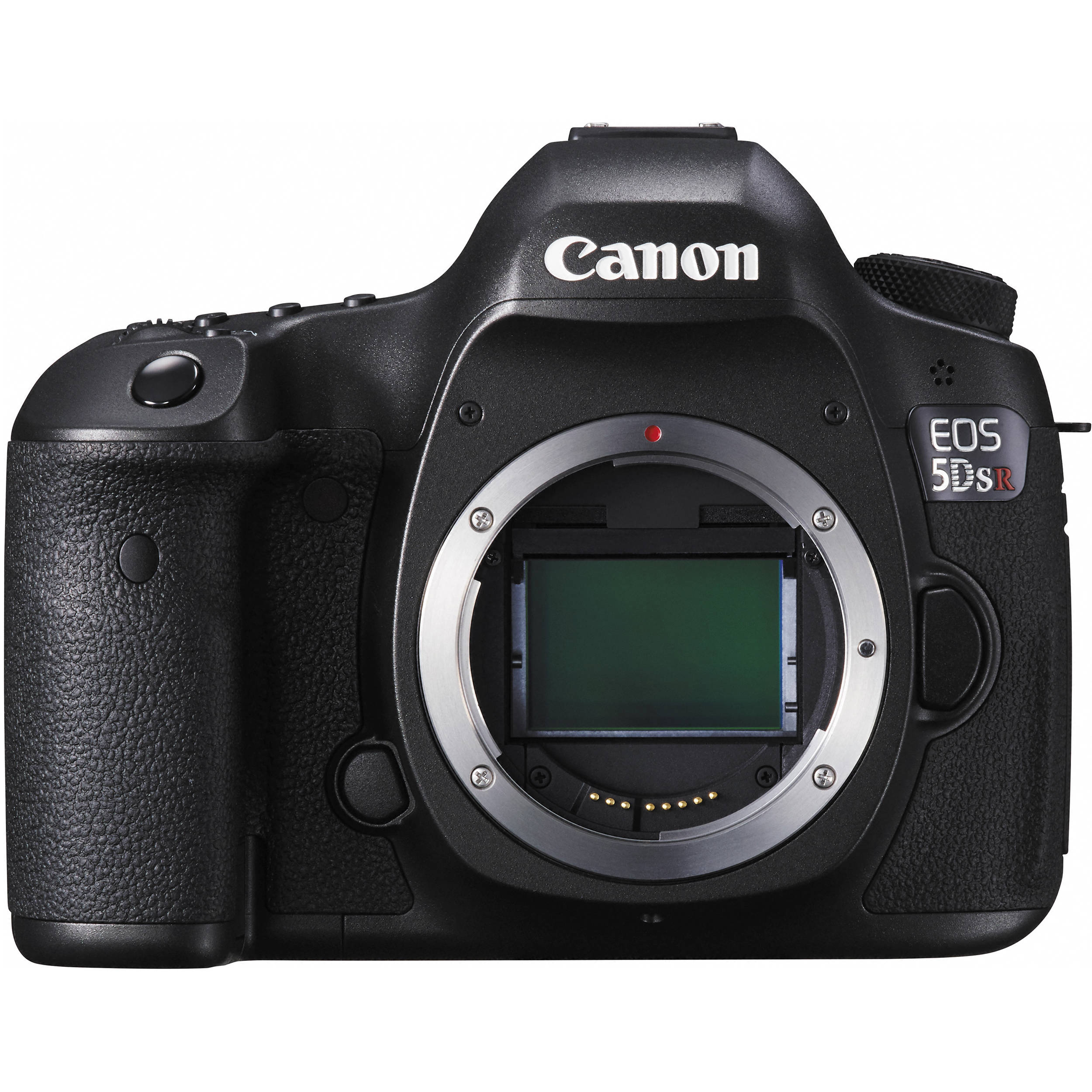Canon EF-M 11-22mm f/4-5.6 IS STM review (photozone)
Photozone reviewed the Canon EF-M 11-22mm f/4-5.6 IS STM, one of the five lenses for Canon’s EOS M system. From the conclusion:
Canon has a quite consistent record when it comes to lens quality and this is reconfirmed with the Canon EF-M 11-22mm f/4-5.6 STM IS once again. The resolution characteristic is generally very good except in the extreme corners at 11mm. Image distortions as well as lateral CAs are about average (in the true sense) for a lens in this class. If there’s one substantial weakness, it’s the amount of vignetting. We can’t really tell whether it’s just the lens or the combination with the sensor but the system performance is poor at fully open aperture. However, the transition of the vignetting is fairly smooth – thus less disturbing – and it’s much better at f/8. Read the review…
There is an interesting point discussed in Photozone’s review. The reviewer hypothises that the stron vignetting on the EF-M 11-22mm may be in part also due to the sensor. They suggest the EOS M3 sensor is not optimised for lenses made for mirrorless systems. You can read about this issue here.
Canon EF-M 11-22mm f/4-5.6 IS STM: B&H Photo, Adorama, Amazon USA, Amazon Canada, Canon Canada, Canon USA
